|
Fairsted is the setting for many stories; not only stories of Olmsted's landscape and legacy, but tales including those of the Olmsted Elm. You can follow the design process through the work in Fort Tryon Park, or dive into the firm's expansive model making, or the clerical workers who supported the site's operations. Some Olmsted stories began before his arrival at 99 Warren Street. Olmsted's Civil War service brought him into contact with many national figures of the day, including President Lincoln.

FLO: Shaper of the American LegacyWith an Olmsted designed landscape in every state but three, including Canada, Haiti, Puerto Rico, and more, Frederick Law Olmsted Sr. proved to the people just how important open green space can be. By passing down his ideals to his sons, Frederick Jr. and John Charles, communities across the country can escape the stresses of the city.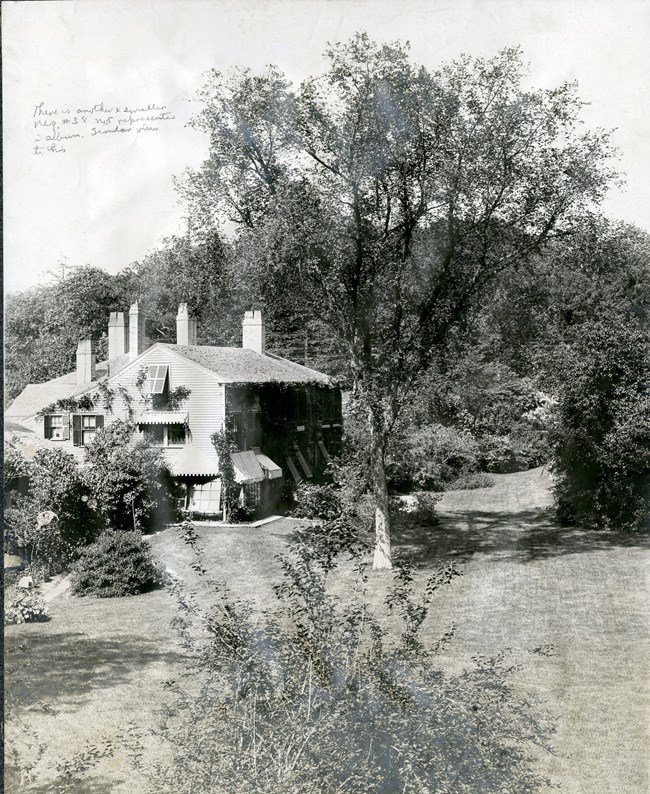
Olmsted Archives The Olmsted ElmPlanted in 1810, this American elm was a dominant feature for every generation to live on the landscape. While many trees were removed when the Olmsteds arrived at Fairsted in 1883, remained as a reminder of the past pastoral landscape.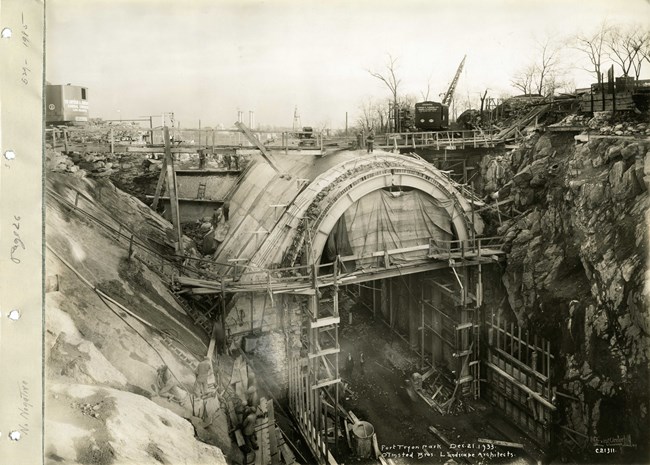
Olmsted Archives The Design Process: Fort Tryon ParkUsing Fort Tryon as an example, learn about the different stages the Olmsted firm went through in designing a landscape. From client inquiries, to site visits, and creating plans, walk through the life cycle of an Olmsted design.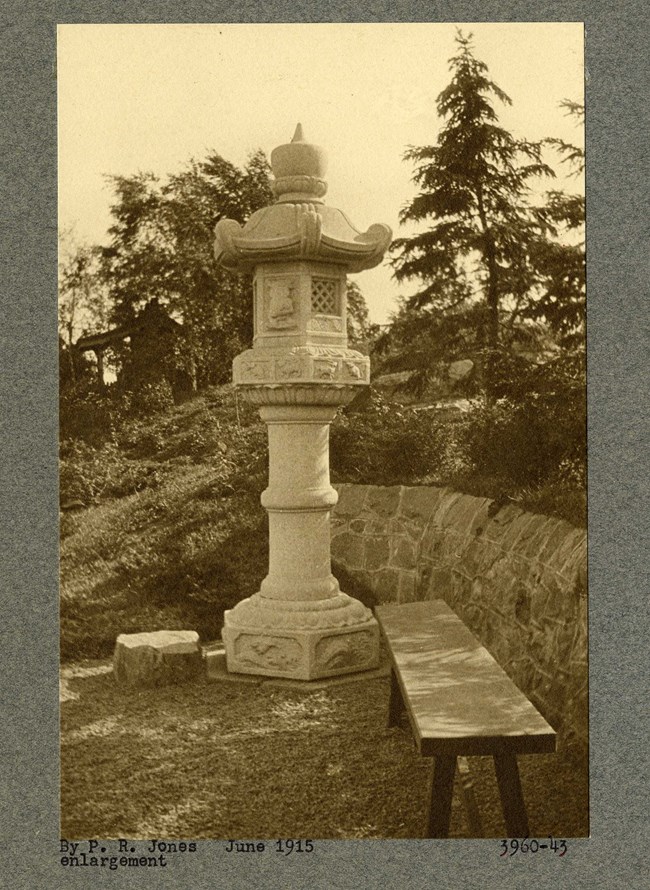
Olmsted Archives Garden SculpturesGarden designs for private estates grew in number of comissions after the death of Frederick Law Olmsted Sr. This coincides with the growth in popularity of country estates from 1900 to the 1930s. 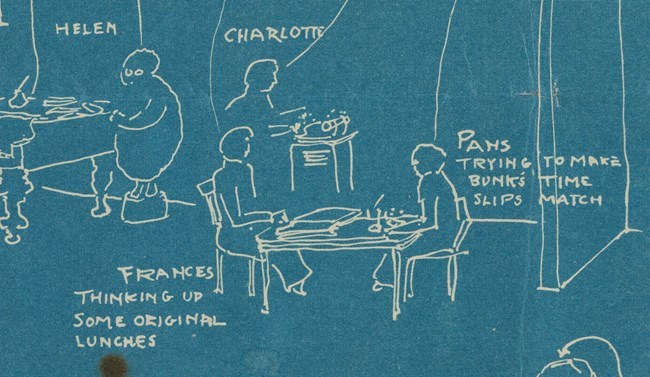
Olmsted Archives Behind the Scenes of the Olmsted OfficeAs the Olmsted firm expanded, the partners aimed to make their office as efficient as possible. For support, they hired a staff of skilled clerical workers who kept the firm organized, many of who were women.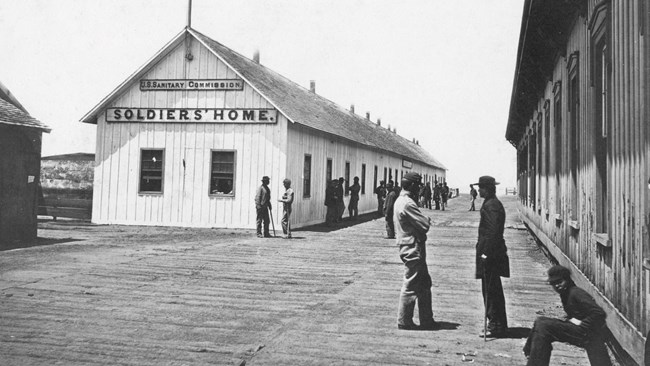
Image Courtesy of New York Public Library Olmsted and the Civil WarWhile working on New York's Central Park, Civil War broke out across the country. Eager to serve though unable to from a carriage incident, Frederick Law Olmsted Sr. found another way to serve his country. Olmsted used his other talents serving as General Secretary for the United States Sanitary Commission.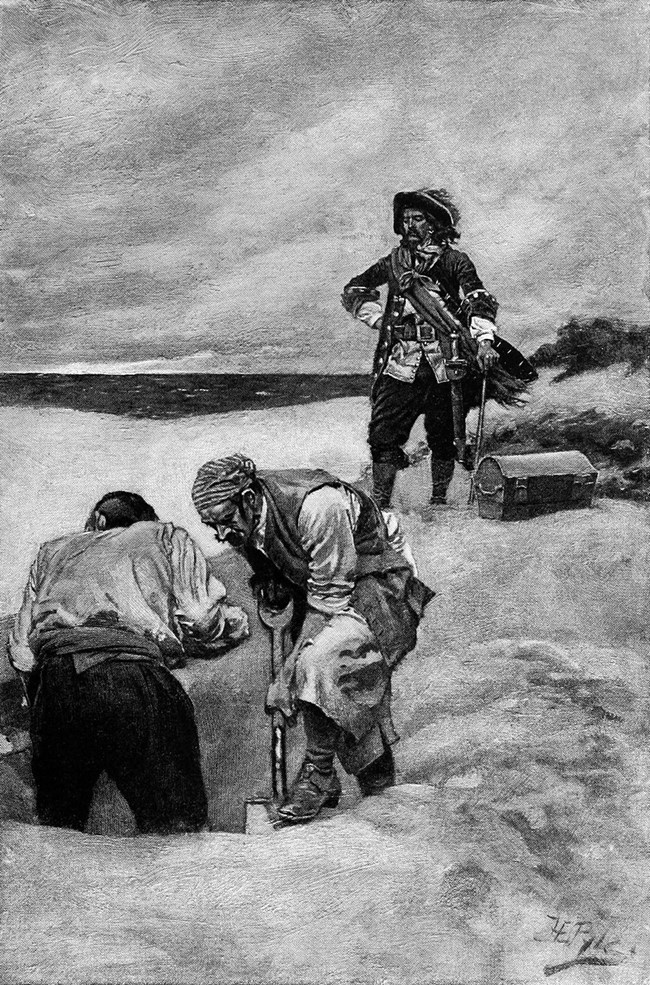
Image Courtesy of Howard Pyle's Book of Pirates' Olmsted and Captain Kidd's TreasureDid John Jacob Astor find Captain Kidd's riches and steal them from the Olmsteds? Marion Olmsted says it really did happen, while Frederick Jr. argues it's just a tale their father told them.
Olmsted Archives. A Letter from Frederick Law OlmstedFrederick Law Olmsted Sr. spent his life writing letters, some for to clients and business partners, others to family. In a letter written to his young son in 1875, we see a much different side of Olmsted than we are used to.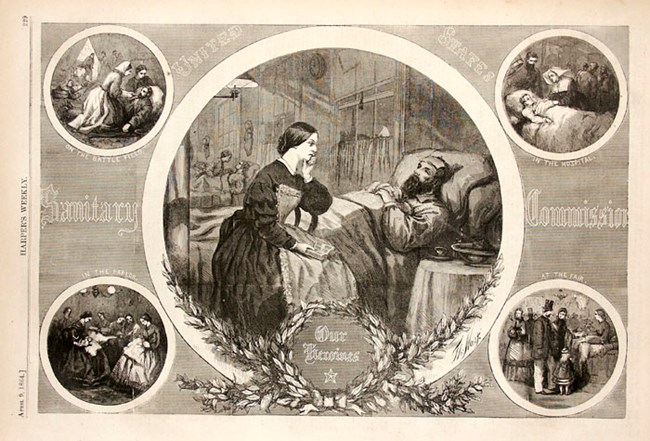
Image Courtesy of Harpers Weekly Women's Work: Olmsted and the Women of the United States Sanitary CommissionWhen the American Civil War broke out on April 12, 1861, the men of the Union supported the North by enlisting to fight. For women, their job during the Civil War would be supporting the army.
Photo courtesy Cherokee Garden Library, Kenan Research Center at the Atlanta History Center History of Women in Landscape ArchitectureWomen thought of public and private green spaces as national and cultural landscapes, even if those terms were not used at the time. Many women leveraged their cultural association with natrure and nurturing to expand their commissions and broaden the social agenda of landscape designs, even if they did not believe those cultural ideas about women themselves.
Olmsted Archives Frederick Law Olmsted and the Rise of Golf in the United StatesFrederick Law Olmsted and his successor firm would work on numerous golf courses and clubhouses across the country. while Olmsted didn't start out enjoying his parks being used for that type of active recreation, he understood that when the wants and needs of a community changes, so must its parks.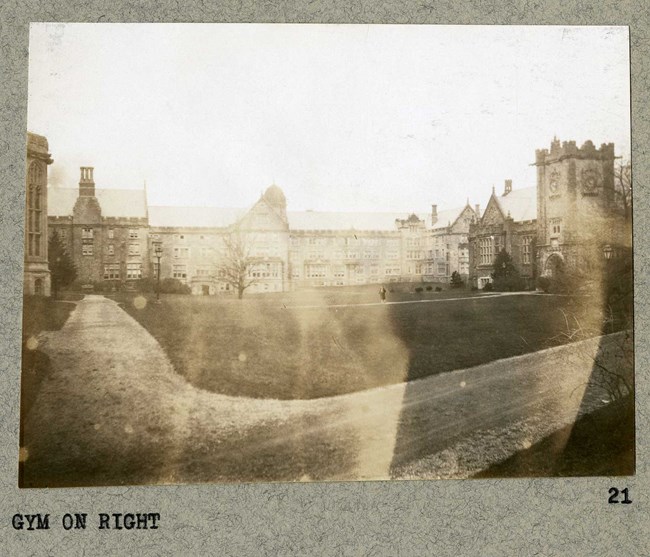
Olmsted Archives Olmsted Designed CampusesFrederick Law Olmsted's first forays into landscape design in the mid-nineteenth century coincided with national trends of expansion and democratization. Around the same time, new women's colleges and schools for African Americans were also established. These new institutions signaled the increasing importance and accessibility of higher education for Americans.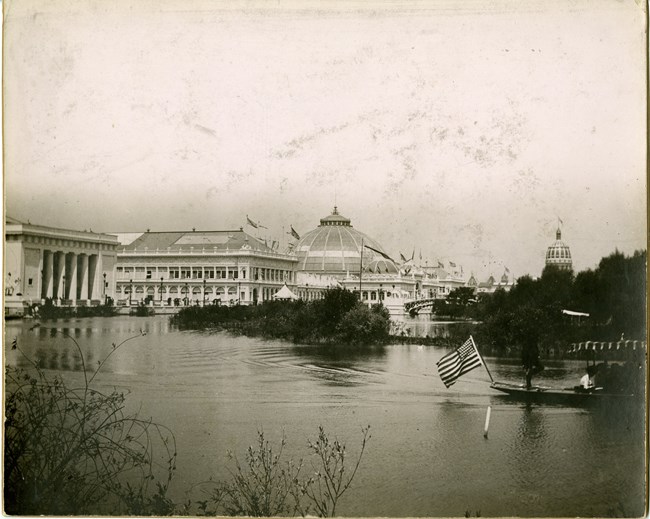
Olmsted Archives Inventions from the World's Columbian ExpositionIn addition to the spectacular landscape architecture created by Frederick Law Olmsted paired with the White City, the World’s Columbian Exposition of 1893 also introduced several inventions that are still used today.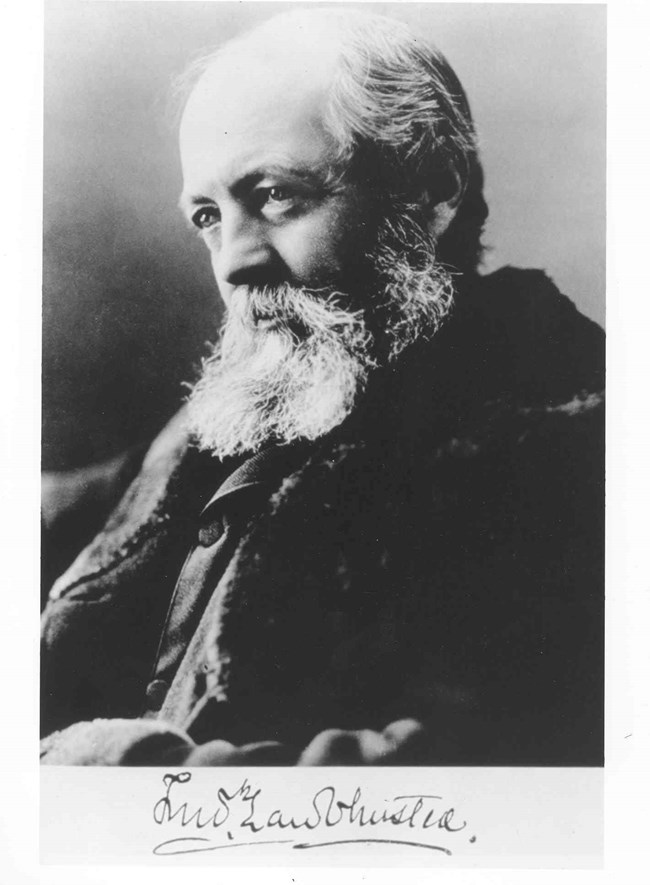
Olmsted Theory and Design PrinciplesThe father of American landscape architecture, Frederick Law Olmsted's theory and design principles are still used today by landscape architects all across the country. From his essential theory, to the seven S's of design, and the prinicples he instilled in his sons and firm members, learn about the ideas that made Olmsted so prolific. |
Last updated: February 7, 2025
